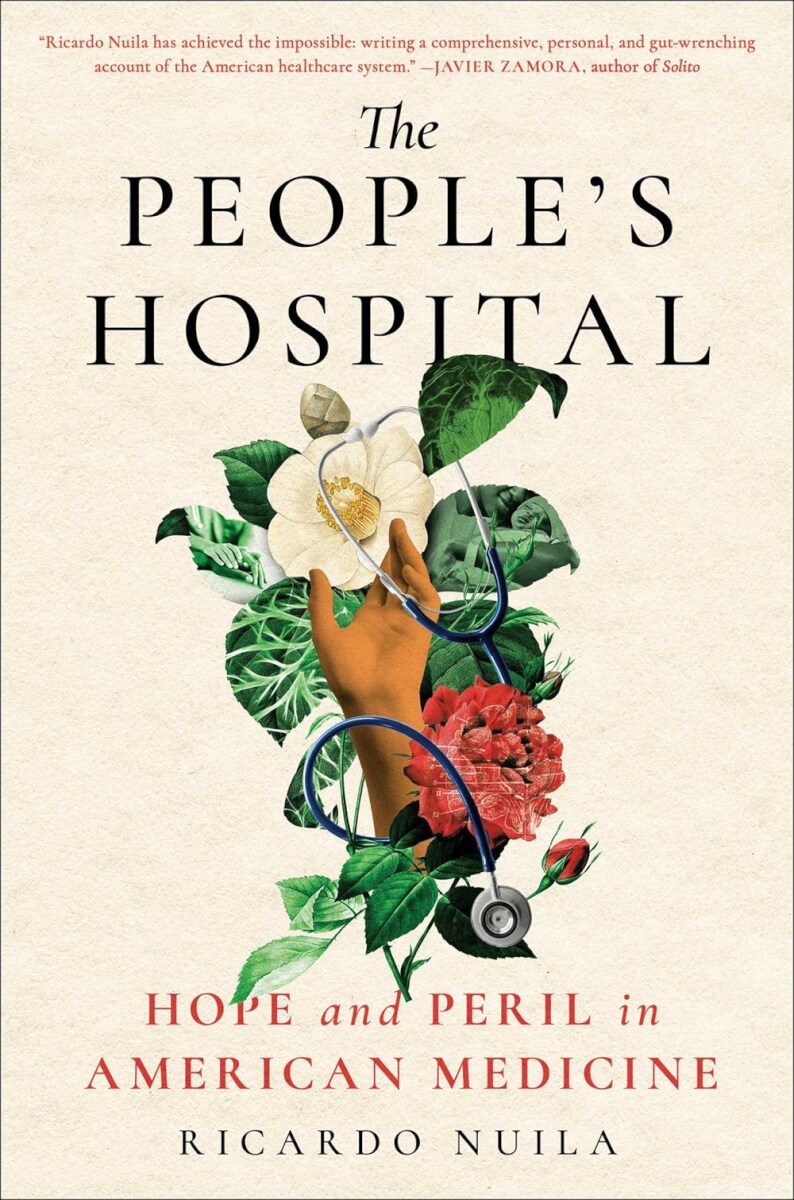The 1940 novel The Heart Is a Lonely Hunter established 23-year-old Carson McCullers as a talented new voice who conveyed through her characters the pain and loneliness of outsiders, misfits and oddballs seeking to be loved. Over the next 11 years, McCullers published two novels, a novella and collection of stories set in small Southern towns. When she died at 50, she left behind this small but powerful body of work and a record of what she once called her “sad, happy life.”
In her absorbing new biography, Carson McCullers: A Life, Mary V. Dearborn draws deeply on letters, the author’s unfinished autobiography and newly available archival materials, painting a colorful and finely detailed portrait of McCullers’ public and private lives. Born in 1917 in Columbus, Georgia, Lula Carson Smith grew up in a family she described as well-off, though not rich. As a child, McCullers and her mother recognized her many talents. “Marked out as special,” Dearborn writes, she “felt herself somehow outside the sphere of normal childhood,” a state McCullers would express in one of her earliest stories, “Wunderkind.”
McCullers was studying writing at New York University when she met Reeves McCullers in 1935. The two found an immediate attraction and soon married. Carson was bound and determined to become a writer, and Reeves believed she was destined for great things. But the marriage was always troubled, with the couple separating, remarrying and separating again, until Reeves died by suicide in 1953. Unlike Virginia Spencer Carr’s 1975 biography The Lonely Hunter—written without access to McCullers’ now-available letters and archives—Dearborn offers a candid and complex portrait of the author’s lifelong love and pursuit of women, especially older, more worldly women, documenting many of her relationships for the first time.
Dearborn, who has authored the biographies of Ernest Hemingway and Henry Miller, among other writers, captures the way that McCullers alienated many artists—Eudora Welty called her “that little wretch Carson”—as well as the ways that others such as W.H. Auden, Truman Capote and Tennessee Williams championed her. In the end, Dearborn notes, “We read Carson’s work today because she taps into the universal sense that we are not understood, not loved for ourselves. Carson provides confirmation that our common search means we are less alone.”
Dearborn weaves careful critical readings of McCullers’ writings with detailed descriptions of the author’s life, producing an exemplary critical biography of one of our greatest writers.


















